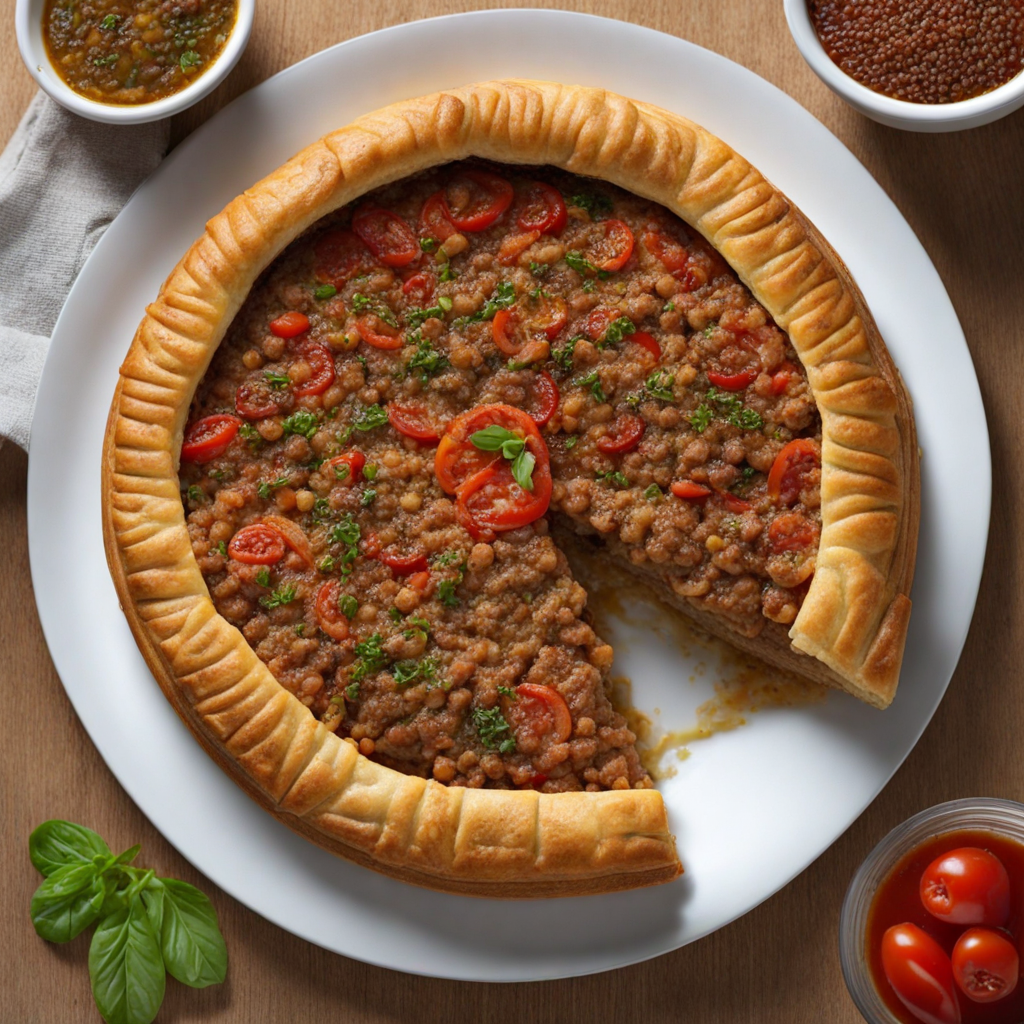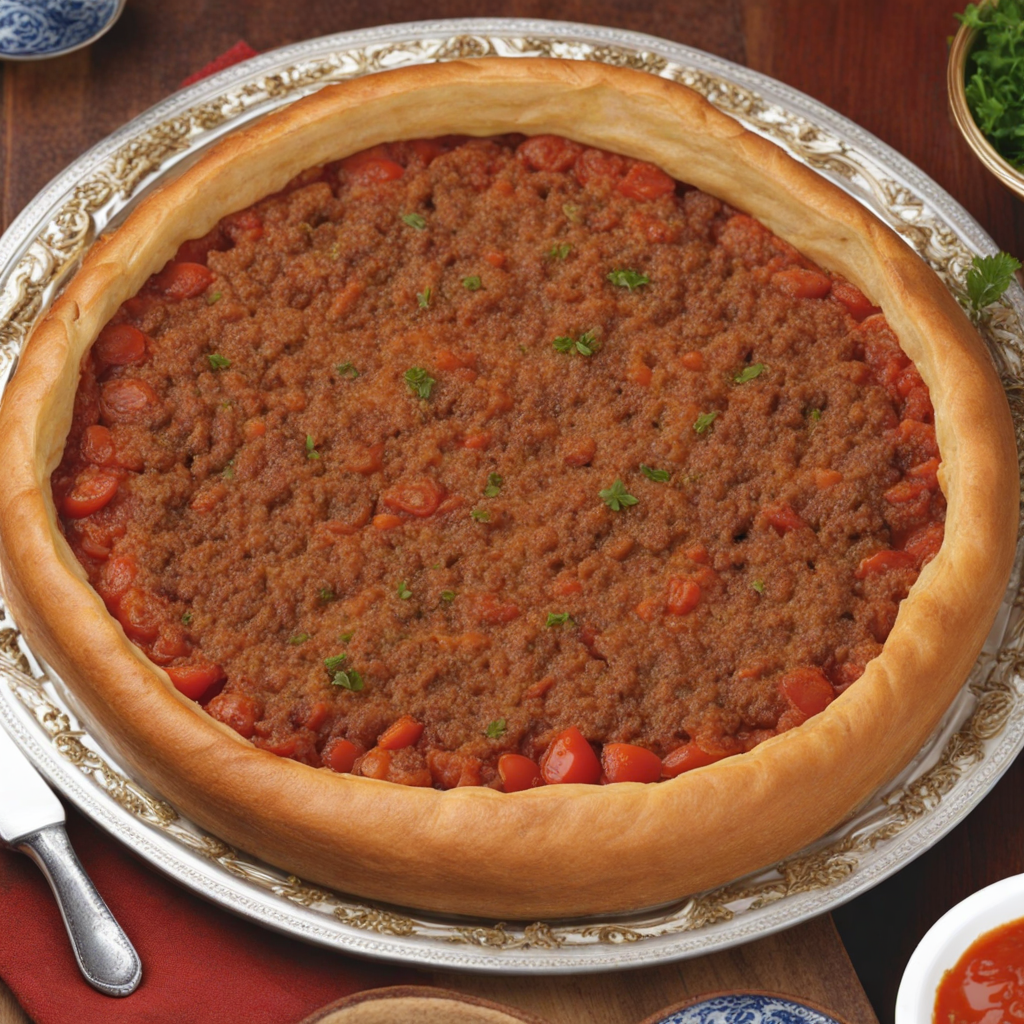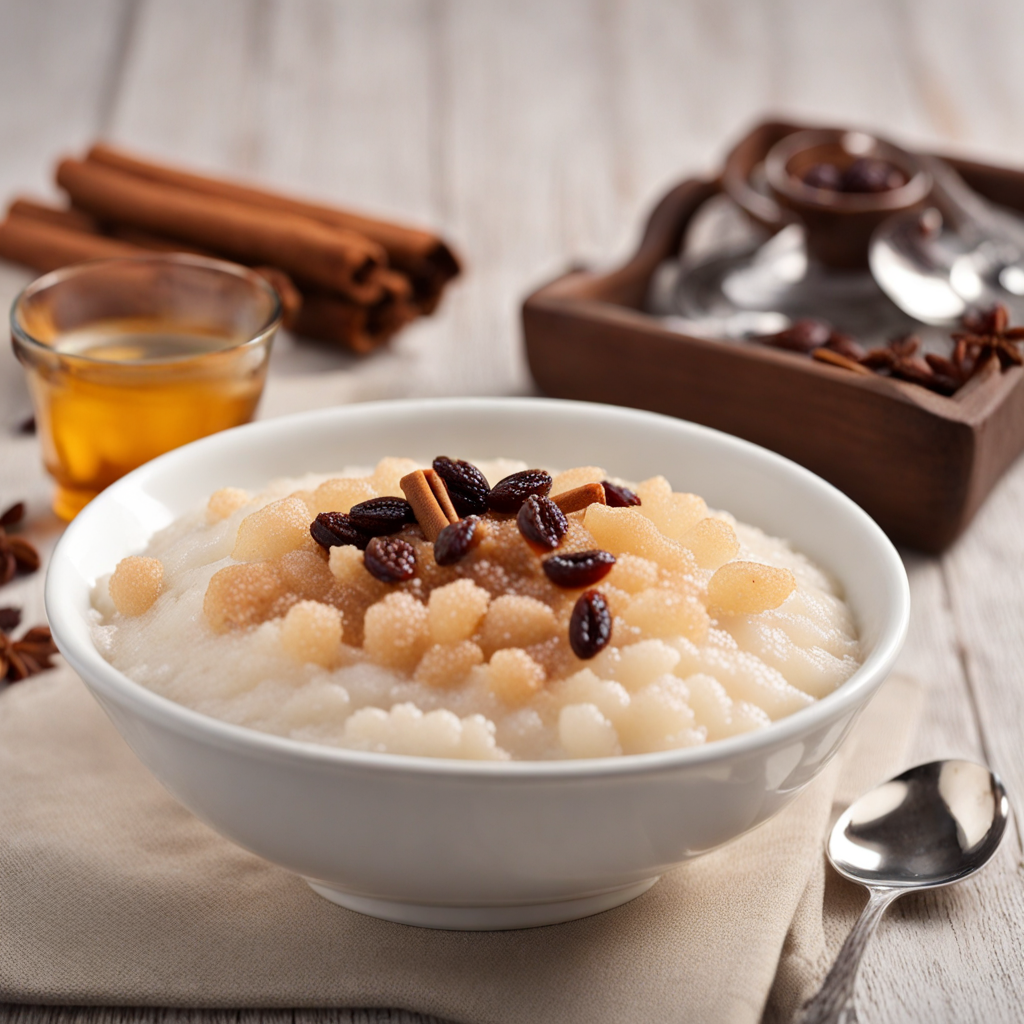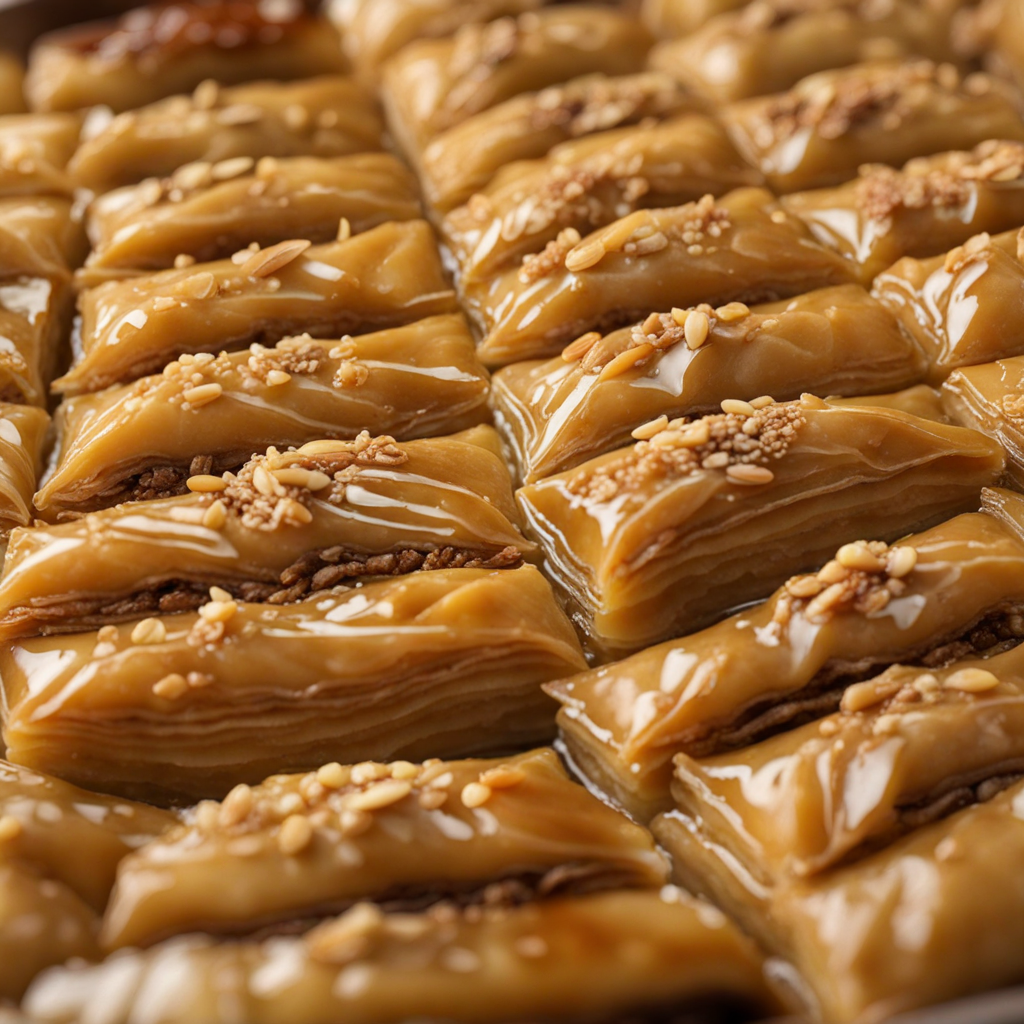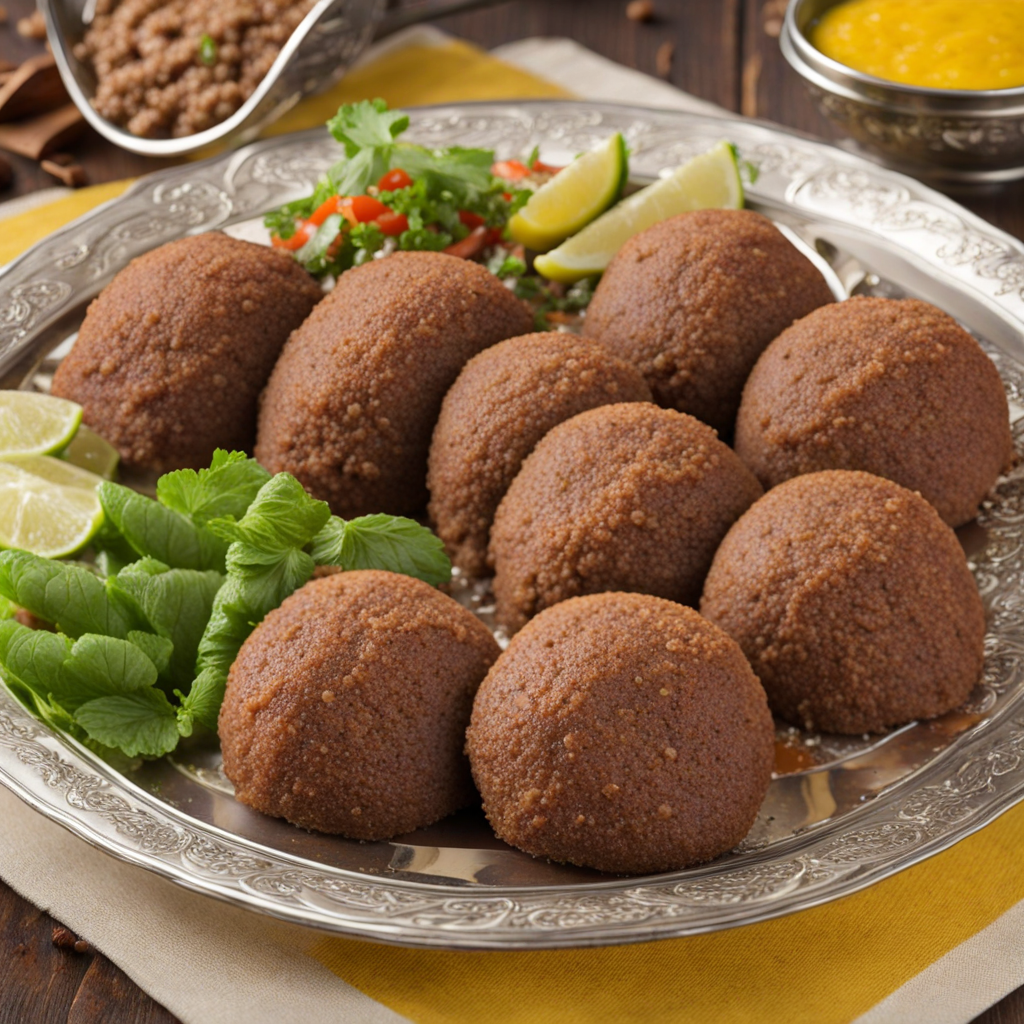Sfiha
Sfiha, often referred to as Lebanese meat pies, is a delightful culinary treasure that hails from the rich gastronomic heritage of Lebanon. These savory pastries are typically made from a delicate dough that is rolled into thin rounds, providing a perfect canvas for the tantalizing filling. The traditional filling consists of ground lamb or beef, mixed with a vibrant array of spices such as cinnamon, allspice, and nutmeg, accentuated by the freshness of finely chopped tomatoes, onions, and parsley. This combination creates a symphony of flavors that dances on the palate, delivering a unique taste experience that is both aromatic and satisfying. What sets Sfiha apart from other meat pies is its delightful balance of textures and flavors. The dough is baked to a golden perfection, allowing for a crisp exterior that gives way to a juicy and flavorful interior. Often topped with a drizzle of olive oil before baking, these pies achieve a slight sheen and added richness. Some variations may even include pine nuts or a hint of lemon, enhancing the savory filling and adding an unexpected brightness to each bite, making it a versatile dish that can be enjoyed at any time of the day. Sfiha can be served as an appetizer, a snack, or even a main course, making it a beloved choice for gatherings and celebrations in Lebanese culture. They are perfect for sharing, often accompanied by a refreshing side of yogurt or a tangy tahini sauce for dipping. As you take your first bite of Sfiha, you will embark on a culinary journey that encapsulates the essence of Lebanese cuisine, inviting you to savor the rich flavors, diverse textures, and the warmth of its cultural heritage. This delightful dish is sure to become a cherished addition to your culinary repertoire.
How It Became This Dish
Origins of صفيحة صفيحة, also known as Lahm Bi Ajeen, is a traditional Lebanese dish that embodies the rich culinary heritage of the Levant. The origins of this delectable meat pie can be traced back to ancient civilizations in the region, where baking flatbreads topped with various ingredients was a common practice. While the precise timeline is difficult to pinpoint, it is believed that the dish dates back to the time of the Phoenicians, who inhabited the coastal areas of modern-day Lebanon and were known for their seafaring and trade. The name "صفيحة" itself comes from the Arabic word for "plate" or "thin disk," which reflects the dish's characteristic flatbread base. This base is typically made from a simple mixture of flour, water, and yeast, which is kneaded and rolled out into thin rounds. The topping usually consists of spiced minced meat, often lamb or beef, mixed with onions, pine nuts, and a blend of aromatic spices such as allspice, cinnamon, and nutmeg, creating a flavorful and aromatic combination. Cultural Significance In Lebanese culture, صفيحة is more than just a meal; it is a symbol of hospitality and community. Often served at family gatherings, celebrations, and religious occasions, this dish brings people together to share in the joy of food and companionship. The preparation of صفيحة can also be a communal activity, with family members coming together to prepare the dough, mix the meat, and assemble the pies, fostering a sense of unity and tradition. Moreover, the dish has regional variations that reflect local tastes and customs. In some areas, صفيحة may be topped with vegetables or herbs, while in others, it might include a drizzle of olive oil or a sprinkle of sumac for added flavor. These variations highlight not only the diversity of Lebanese cuisine but also the adaptability of traditional recipes to incorporate local ingredients and preferences. Development Over Time As Lebanon experienced various historical changes, including the influence of Ottoman and French occupations, the recipe and preparation of صفيحة evolved. The Ottoman Empire introduced new spices and cooking techniques, which enriched the flavors and presentation of the dish. During the French Mandate in the early 20th century, the culinary landscape of Lebanon underwent further transformation, with the incorporation of European influences that diversified the Lebanese palette. In contemporary times, صفيحة has transcended its humble beginnings as a peasant food to become a beloved street food and a staple in many Lebanese restaurants worldwide. Its portability and satisfying nature make it a popular choice for a quick meal, and many vendors offer it as a grab-and-go option. The rise of Lebanese cuisine on the global stage has also led to a newfound appreciation for صفيحة, with chefs experimenting with innovative twists on the traditional recipe, such as using alternative grains for the crust or experimenting with gourmet toppings. Regional Variations and Techniques While the fundamental concept of صفيحة remains consistent, different regions within Lebanon boast their own unique takes on the dish. For instance, in Tripoli, located in northern Lebanon, the صفيحة is often larger and thinner, with a more generous topping of spiced meat that is sometimes mixed with tomato paste. In contrast, the southern regions may incorporate different spices or additional ingredients, such as herbs or grilled vegetables, reflecting the agricultural bounty of the area. The preparation of صفيحة also varies depending on local practices. Some families prefer baking their صفيحة in a traditional stone oven, which imparts a distinct smoky flavor, while others opt for modern electric ovens. The choice of meat can also vary, with some opting for beef, while others may choose lamb or even a combination of both. Each of these elements contributes to a unique flavor profile and texture, showcasing the versatility of the dish. Global Influence and Popularity The diaspora of the Lebanese people has played a significant role in the spread of صفيحة beyond its borders. As Lebanese immigrants established communities in various parts of the world, they brought their culinary traditions with them. Today, صفيحة can be found in cities with significant Lebanese populations, such as New York, Paris, and Sydney, where it has become a popular offering in Middle Eastern restaurants and food markets. In addition to traditional preparations, contemporary chefs are increasingly incorporating صفيحة into fusion cuisine, experimenting with different types of dough, fillings, and toppings. For example, some may use whole wheat or gluten-free flour for the base, while others might add inventive toppings like roasted vegetables or international ingredients. This evolution of the dish reflects not only the adaptability of Lebanese cuisine but also the global trend of reinterpreting traditional foods in new and exciting ways. Conclusion: The Future of صفيحة As we look to the future, صفيحة continues to hold a special place in the hearts and kitchens of Lebanese families around the world. Its ability to adapt and evolve while remaining true to its roots speaks to the resilience of Lebanese culinary traditions. Whether enjoyed at a family gathering, a street food stall, or a fine dining restaurant, صفيحة remains a cherished dish that bridges generations and cultures. As food enthusiasts and chefs explore new ways to celebrate this beloved pie, the legacy of صفيحة is sure to endure, delighting palates and fostering connections for years to come.
You may like
Discover local flavors from Lebanon


